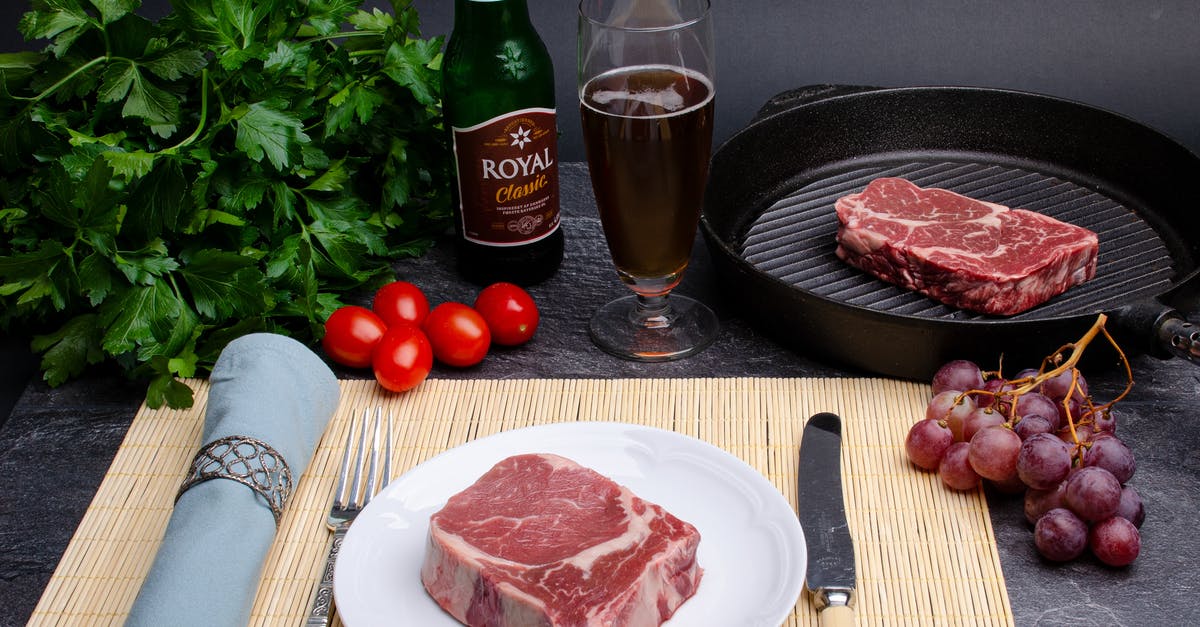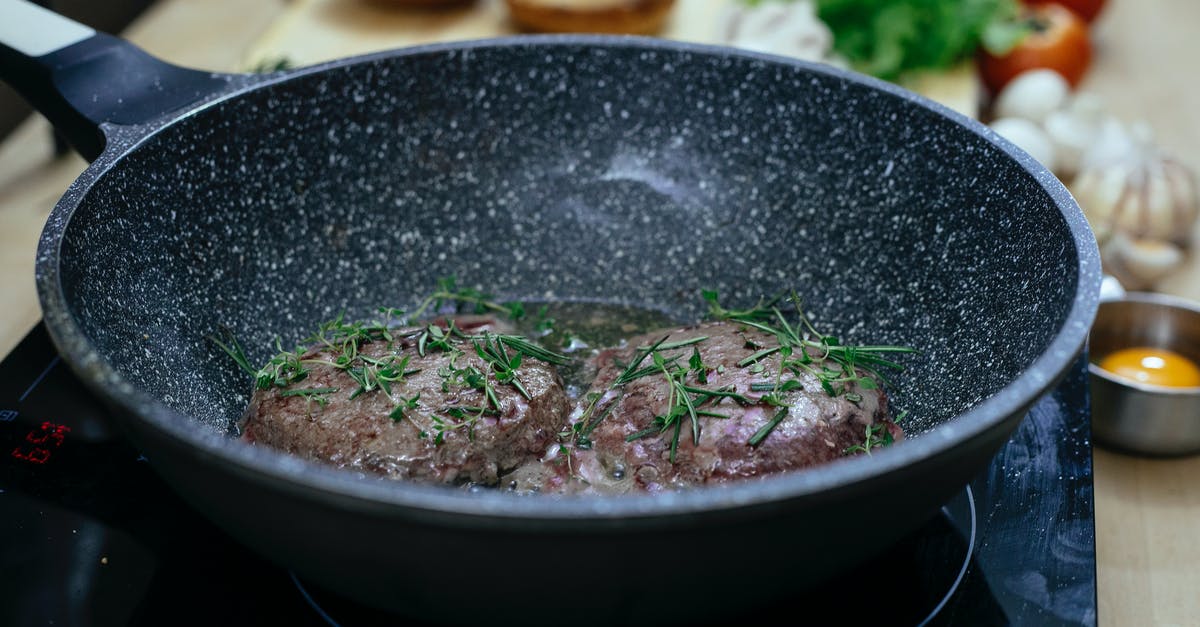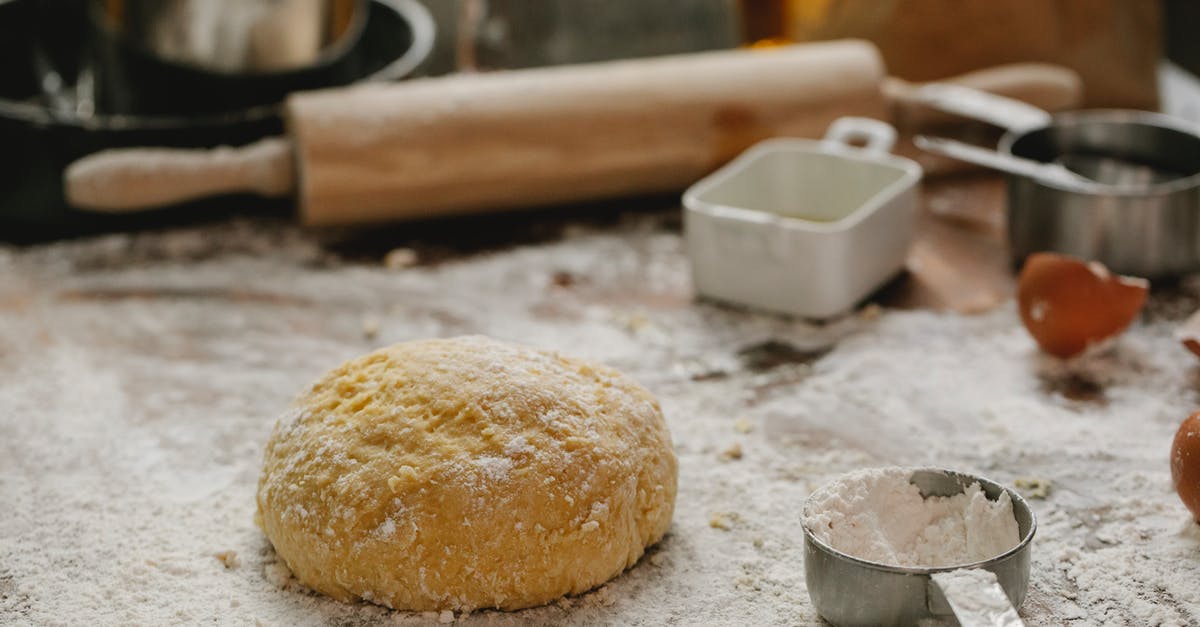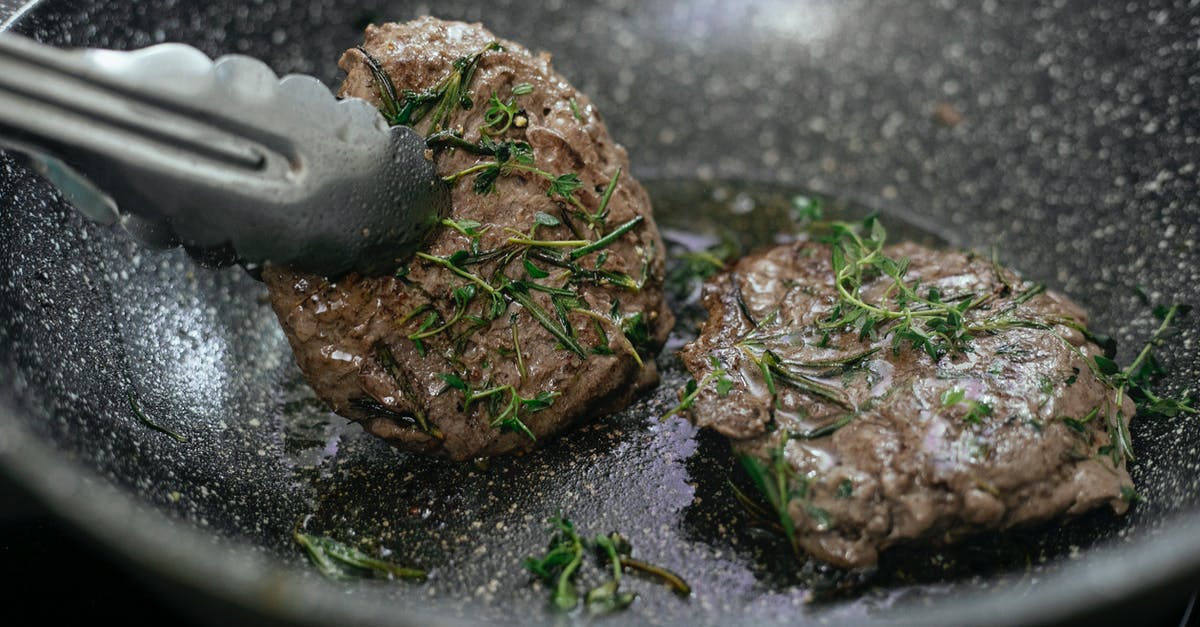How to do the most that I can to make too-fresh non-hanged beef steak-ready and not flood the pan with liquid?

Yesterday I asked a question about how to prevent beef meat losing water during storage, and I learned that I actually shouldn't want that, quite the opposite, its probably a good thing for the beef to lose some water.
Today as I was cooking another tenderloin from that beef, I realized the beef actually has too much water, and maybe I should do something to make it lose more of it before I put it on a pan. The steaks from that tenderloin are actually very watery, not firm like western beef steaks usually are, and make a pool of liquid on the cast iron pan I try to fry them. It's not even possible to sear them properly, because they release so much liquid on the pan that they cook in it's own water instead of being seared. Even though I do it on a very hot cast iron pan with some beef tallow.
I also read an interesting thing in an answer to another question that beef in Asian local wet markets "the meat that I buy at 6 in the morning is coming from a cow that's slaughtered at 4" and also something about the meat being pre-rigor mortis which is also related because "the onset of rigor mortis [...] partially determine the tenderness of meat. If the post-slaughter meat is immediately chilled to 15 °C (59 °F), a phenomenon known as cold shortening occurs, whereby the muscle sarcomeres shrink to a third of their original length." I don't yet fully understand the impact, but it might explain the issue I have with very tough beef I asked about in another question.
So the beef I ask about in all my questions is Asian local wet-market beef, "slaughtered at 4:00, sold at 6:00 in the morning". No hanging, no ageing of any kind. I found that keeping the beef tenderloin for a few days in a large mason glass jar in the fridge around 0°C makes it definitely more tender and edible as a steak, also tenderloins bought on different days seem to vary a lot in tenderness and some are much better then the one I had when I asked the question about incredibly tough tenderloin steak. In the other question someone writes about "pre-rigor meat here (in Asia) is not suitable for steak".
Anyway, my question is: when I have a whole beef tenderloin, "slaughtered at 4:00, sold at 6:00 in the morning", very watery, not firm at all, what I can do to make it lose enough water to be more firm, and not make a puddle on the pan preventing it from searing?
I already keep it for one week in a 1 Litre glass mason canning jar in an water-ice bath in the fridge at 0°C, that's what wet-ageing method I came up with. I don't want to have the meat sit in plastic bags, because of passing micro-plastics to meat and xenoestrogens in plastics being endocrine disruptors, so I want to only use glass jars. The mason jars for canning create a leak-proof seal, and I have then in 1500 mL size so can put half of a whole 3 kg tenderloin in one jar, after I strip the connective tissue, silver-skin, remains of tendons, etc.
After about one week, when I take the tenderloin out of the jar, I get about 5% of the meat's weight in myoglobin-coloured water remaining in the jar, and that's OK, but what can I do more, because I still get a puddle of water in the pan when I try to sear a steak?
Pictures about "How to do the most that I can to make too-fresh non-hanged beef steak-ready and not flood the pan with liquid?"



I COOKED a Brisket for a MONTH and this happened!
Sources: Stack Exchange - This article follows the attribution requirements of Stack Exchange and is licensed under CC BY-SA 3.0.
Images: Jacob Moseholt, Katerina Holmes, Klaus Nielsen, Katerina Holmes
